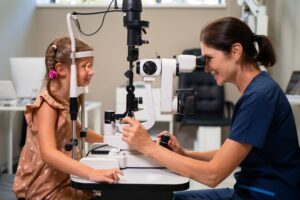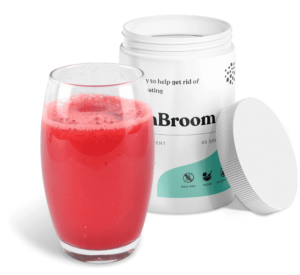A large chin has been seen as a symbol of both power and beauty throughout history. Every day, hundreds of people improve their looks by altering the particular shapes of their faces thanks to chin implants, also known as chin augmentations, which are a frequent surgical treatment.
In most cases, chin surgery is done to strengthen a weak chin or to occasionally balance off other important facial characteristics, such as a big nose. To increase the chin, cosmetic surgeons of today frequently utilise chin implants. In addition to cosmetic chin augmentation, facial implants are another popular method of enhancing the cheeks, particularly for people with higher cheekbones.
You could advantage from having a chin implant treatment if, in comparison to the rest of your face, your chin seems unnaturally little. For instance, a chin implant may make your nose appear smaller or improve your neckline, balancing the appearance of your complete face. A rounded face and a fat neck can both be improved with a chin implant.
Those with weak or receding chins who have regular bites in their dental structure make the best candidates for chin augmentation.
Why is chin augmentation so important?
The form, size, and curves of a patient’s chin, jaw line, and neck can be improved with genioplasty, also known as chin augmentation surgery, which employs chin implants or jaw surgery. The chin implant is a less invasive procedure that lengthens the chin bone of a patient, improving the harmony of their facial features without changing the way their face looks naturally.
To permanently improve the look of a weak or sunken chin is the most frequent justification for chin augmentation. To the patient’s personalized needs, it may also handle asymmetries and vertical and horizontal dimensions.
- Surgeons will initially examine your jaw and chin bone to see whether there is an imbalance in the harmony of your face. Your chin lends the rest of your facial structure essential support as well as character to your face. The harmony of the chin, lips, and nose is essential to an attractive profile.
- Patients with recessive chins age more quickly because the jowls and soft tissues are not supported. Chin augmentation works wonders for these individuals as a rejuvenation technique.
- In most cases, chin augmentation involves covering the patient’s chin bone with an implant. Chin implants are composed of biocompatible silicone and are individually created to fit each patient’s jaw.
- The patient’s facial architecture and the extent of augmentation determine the size of the chin implant. Your surgeon will walk you through every stage of selecting the ideal implant and making sure the surgery outcomes live up to your expectations.
How is the treatment performed?
Implants are frequently utilised in surgeries to enlarge the chin. On top of the failing chin bone is a silicone implant made to fit the patient’s natural chin shape. Your surgeon will work with you to choose which implants are best for your needs.
To assist you in determining the ideal implant size and predicting the results of surgery, skilled and knowledgeable genioplasty doctors employ 3D simulation software.
However, chin implants must blend in with your facial structure as a foreign entity, which may or may not be problematic for certain people. By taking the necessary precautions during the chin augmentation process, a surgeon can lower the chance of implant rejection.
Due to the little likelihood that the body will reject the native fat fillers, this approach has become more popular for chin augmentation and repair surgeries. It is also used to address slight facial asymmetry in addition to treating lateral chin hollowing.
Although this is a less intrusive and challenging surgical procedure, it is not the best choice for people looking for long-term stability and significant improvement. Due to varying rates of transplanted fat loss, a correction operation is more likely required.
What is the Healing Process for the treatment?
A bedhead raiser may be an option if you don’t have enough pillows already. For a few weeks following your chin augmentation procedure, you’ll need to sleep face up with your head raised to avoid putting pressure on your incision and to manage post-operative swelling.
The majority of chin implant patients have minimal pain and recovery time. You should plan to take at least a week off from work, but by the end of that time frame, you should be able to resume your regular schedule. Cold compresses and over-the-counter pain relievers will typically help you handle any remaining discomfort.
To note overall, Chin implants are discrete, solid, and flexible things that are often composed of silicone and are custom molded to fit over a patient’s chin bone. When properly inserted, the implants feel very similar to a natural chin bone, and when carried out by a skilled cosmetic surgeon, chin augmentation surgery is often invisible.








